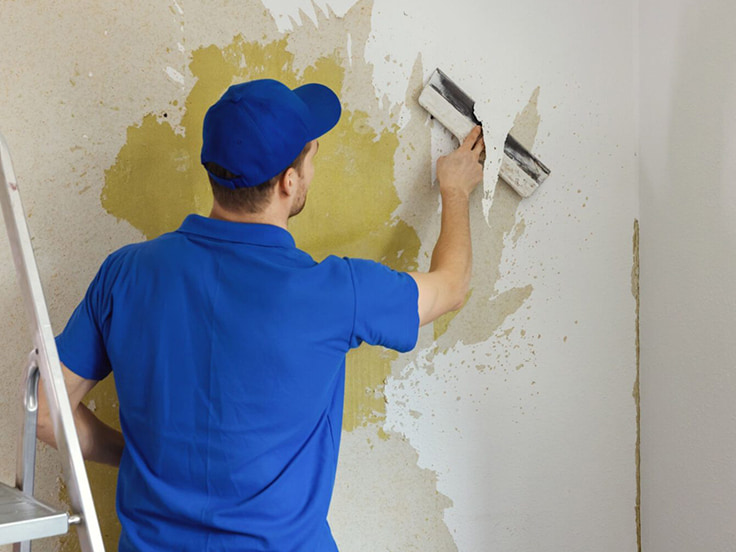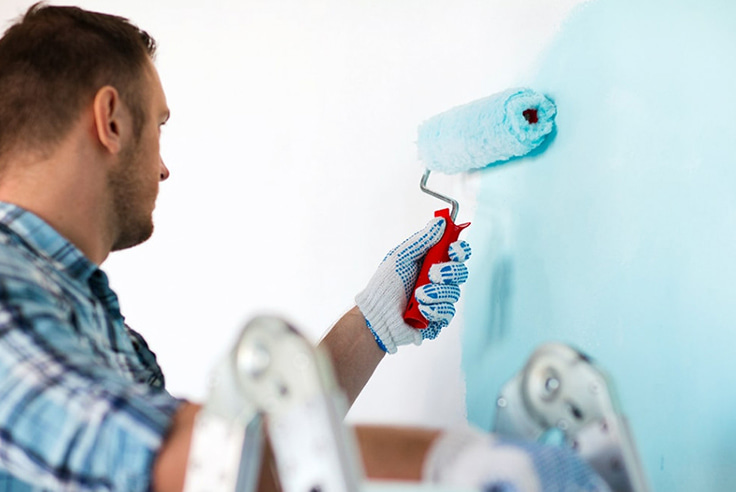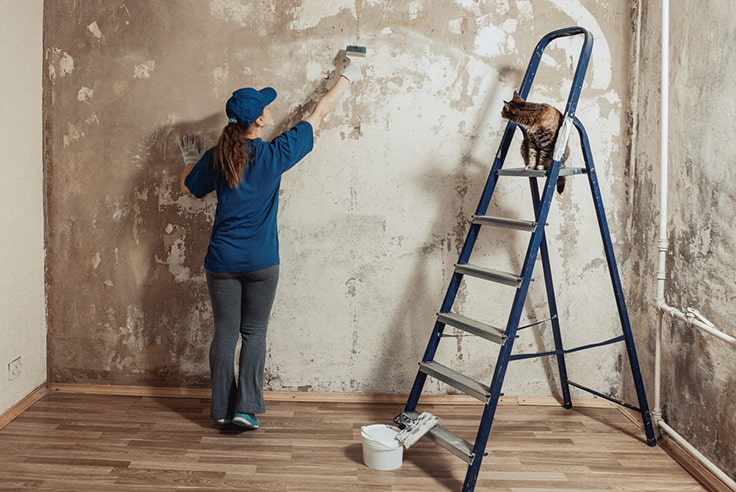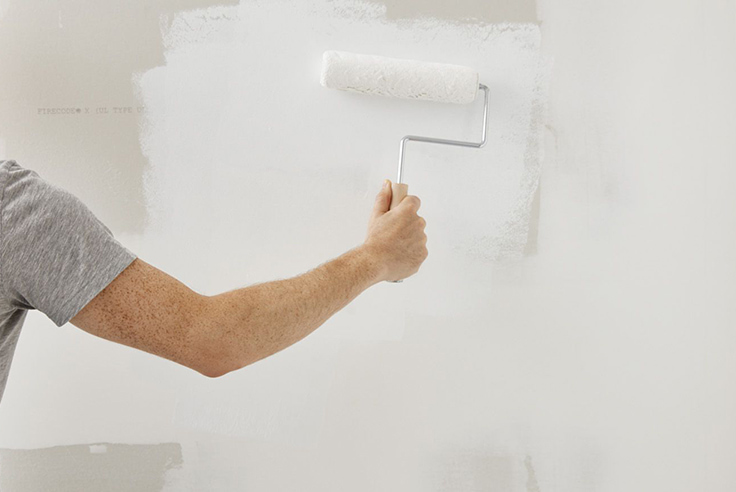Menu

Skipping prep work might seem like a shortcut, but when it comes to painting, it can backfire fast. Peeling paint left underneath a new coat doesn’t just ruin the look—it weakens adhesion, shortens the life of the finish, and invites moisture damage. Whether it’s a living room wall or an exterior surface, ignoring proper surface preparation for painting leads to costly do-overs.
Here are five key reasons why scraping peeling paint is a step that should never be skipped.
Key Takeaways✔ Paint won’t stick to loose surfaces, leading to early peeling and wasted effort. ✔ Peeling paint shows through new coats, making walls look uneven and poorly finished. ✔ Moisture can seep behind unsealed layers, causing mold, bubbling, and long-term damage. ✔ A paint job without proper prep won’t last and will need to be redone sooner. ✔ Skipping scraping and sealing ends up costing more in materials and labor over time. ✔ Identifying early signs like bubbling, cracks, or discoloration helps stop peeling before it spreads. ✔ Scraping, cleaning, sealing, and priming are all essential steps in surface preparation for painting. |


